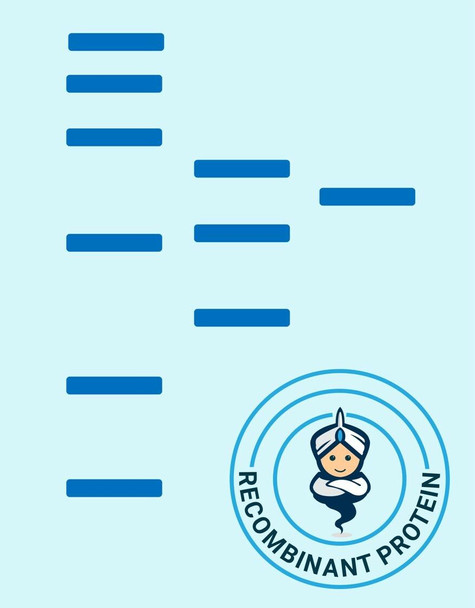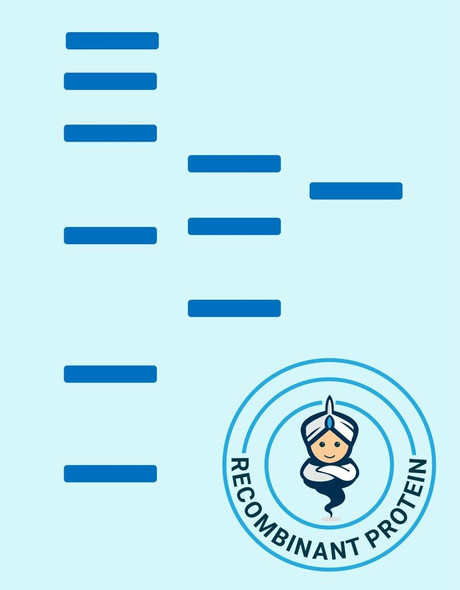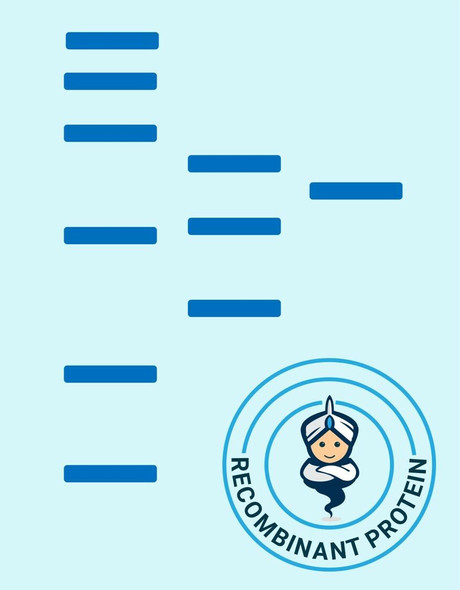H3N2 is a subtype of the influenza A virus. Its name derives from the forms of the two kinds of proteins on the surface of its coat, hemagglutinin (H) and neuraminidase (N). H3N2 exchanges genes for internal proteins with other influenza subtypes. H3N2 has tended to dominate in prevalence over H1N1, H1N2, and influenza B. H3N2 strain descended from H2N2 by antigenic shift, in which genes from multiple subtypes re-assorted to form a new virus. Both the H2N2 and H3N2 strains contained genes from avian influenza viruses.H3N2 viruses are able to infect mammals and birds. In pigs, humans, and birds, the virus has mutated into many strains. Hemagglutinin(HA) binds to sialic acid-containing receptors on the cell surface, generating the attachment of the virus particle to the cell. HA has a vital part in the determination of host range restriction and virulence and is in charge of the diffusion of the virus into the cell cytoplasm by facilitating the fusion of the membrane of the endocytosed virus particle with the endosomal membrane.
H3N2 produced in Hi-5 cell of Baculovirus is a single polypeptide chain containing 339 amino acids (17-345) and having a molecular mass of 37.8kDa.H3N2 is fused to a 6 amino acid His-tag at C-terminus & purified by proprietary chromatographic techniques.










